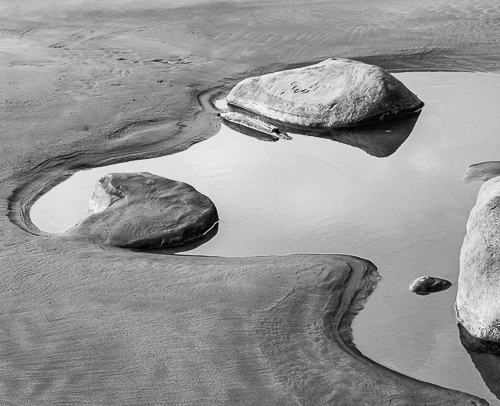Artists featured in the monthly Member Spotlight are selected from our online Members' Gallery. If you wish to be considered for the Spotlight in the future, send us a note!
Jim Geitgey
Member Spotlight - February 2023
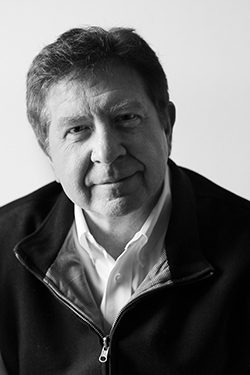
Where did you grow up, and where do you live now?
I was born in rural north-central Ohio, growing up in Amish country, and attended the Ohio State University, earning B.S. and M.S. degrees in Geology. From there I took a job as a geologist in Texas in 1984, moving between Dallas and Houston before getting transferred to Midland in 1991, where I’ve remained, married my wife Stacy, and raising three kids there.
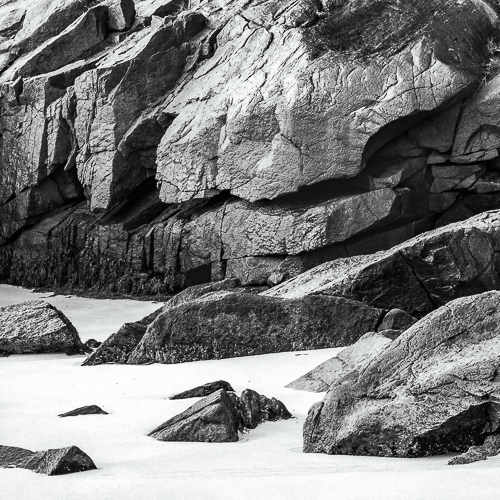
Why did you become a photographer?
I was always intrigued with photography since receiving my first cheap box camera as a 10-year-old, but it wasn’t until I enrolled in an introductory photography class at the local community college in Midland in the mid-90’s, taught by Kent Moss, that image-making evolved into a true passion. Over the next seven years, I took all the available photography classes as well as a series of independent study courses. My interests during this time were primarily fine-art landscapes and abstracts. I was predominantly shooting with medium format cameras, using black and white film, and processing my own prints.
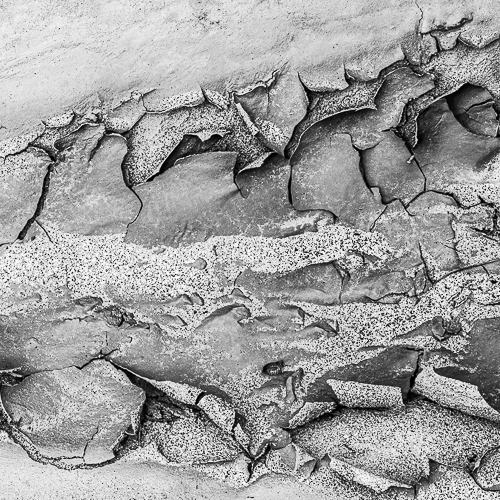
Who or what inspires your work? / Do you have a mentor?
Like many of my generation, the work of Ansel Adams made an early impression on me. Adams’ combination of stunning black and white prints, along with the natural subject matter, was something that deeply resonated with me. Once I began to delve more seriously in to photography, I was completely hooked as I discovered the classic black and white work of artists like Brett & Edward Weston, Aaron Siskind, Imogen Cunningham, Ruth Bernhard, Minor White, Manuel Alvarez-Bravo, etc.
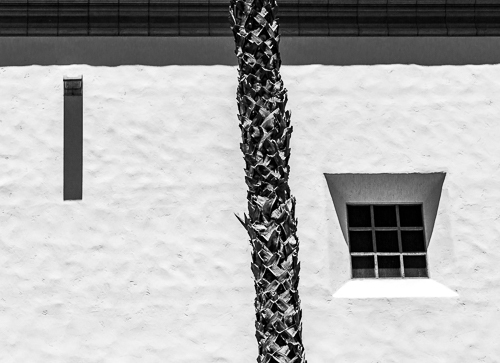
Since 2006, I have continued formal studies in various workshops. These have included several with a personal photographic "hero," John Sexton, who was an assistant to Ansel Adams, and is one of the most talented traditional black and white photographers working today. Other important influences have come via workshops with John Paul Caponigro, Chip Forelli, and Mark Klett, among others.
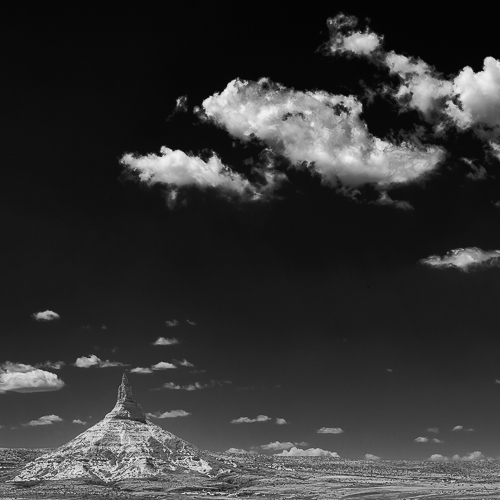
An additional important influence on my growth as an artist has been studying and collecting the images of other photographers, such as those mentioned above, amongst many others. Omnivorous in my interests at this point, but still having a weakness for the 20th century masters of black and white, I’ve amassed a collection of over 1,200 photographs and hundreds of photo books. In terms of work in the photographic realm I am most proud of, it would probably be the opportunities I have had to share images from my collection with several Texas museums in support of photographic exhibitions they have hosted. I hope I will have similar opportunities with other organizations/institutions in the future.
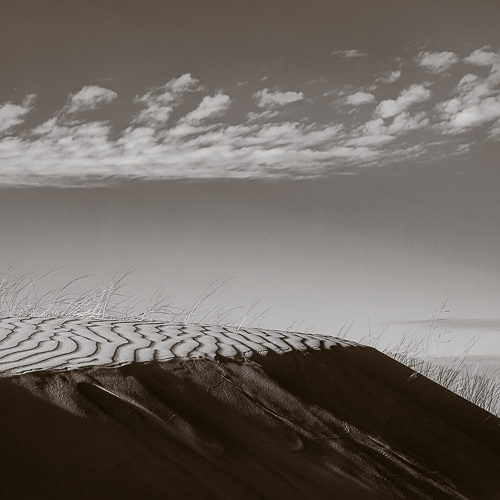
Why did you join TPS and how long have you been involved? Favorite aspect of being a member?
I joined TPS during my initial formal photographic studies in the 90s and have been a member ever since. I’ve found it to be the single most important photographic organization I belong to. I actively participate in their shows, acquiring prints for my collection through the Membership program, have utilized their crit reviews, networking, and taking advantage of other resources they provide.
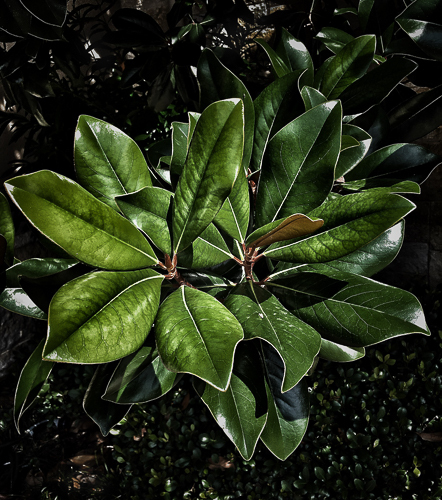
Please describe your photography and/or working process.
Not surprising, given my background as a geologist, but a prominent theme in my work is the earth, its infinite processes and manifest forms, and how the species that inhabit this world interact with it. I hope to encourage an emotional response through my images that communicates the inherent dignity and interconnectedness of all aspects of the physical and biological world around us. By examining the elemental beauty of even the simplest subjects, we have the opportunity to increase our capacity to better acquaint ourselves with, and thus care about, the diversity of life with which we share this planet, and the physical environment that sustains us all.
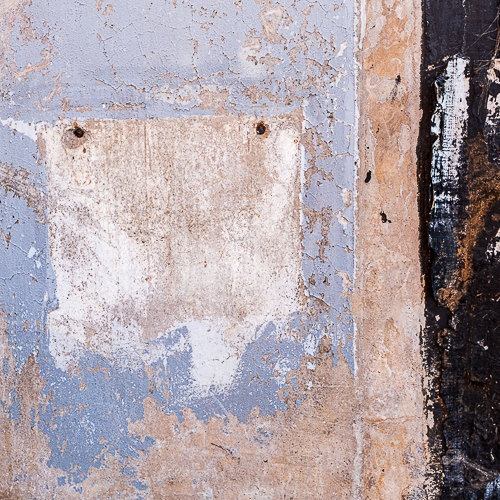
Please tell us about an upcoming photographic project that you are working on or a recent body of work.
A current project I am working on is: Travelling the Great Plains: Cultural & Natural Landmarks. It stems from an 11-day, 4,700-mile road trip over the summer through 8 states. I wanted to take a region that is often over-looked as a large, flat, grassy prairie (i.e. “boring”), depict the actual geographic diversity that exists, and show some of the cultural landmarks that intimately co-exist with that geography. It’s typical of my current work process, where I take a project idea or theme, go into the field and collect images, return home and, sort, process, and try to organize a high-graded subset in to a coherent visual “story” in a book format. I have self published through Blurb a number of projects, and find that a very satisfying way to organize and present my work. Several of these book projects, in various stages of completion, are on my website and include: Littoral Vision: Vignettes of an Ephemeral Landscape; eyeGarden; Monet Down East: Impressionistic Maine; and Urban Stratigraphy. Today I’m all digital, bi-chromatic (shooting in B&W and color), and will record images of anything that interests me, although I’m still landscape/abstract-centric.
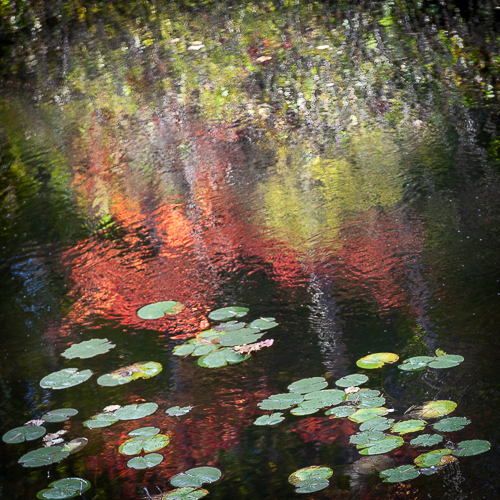
Best photo advice you ever received? Your own words of wisdom for aspiring photographers?
I have been blessed to have had many excellent mentors, teachers, and compadres in my photographic journey. However, offering words of wisdom to others implies I am wise enough to have something worthy to say, which I’m not sure is true! I do have some opinions. Look at lots of images by lots of image-makers. Don’t be discouraged by rejection or what you perceive as negative feedback. Find a supportive “tribe” to share and learn with. Be true to yourself and what pleases you. Don’t chase trends. Don’t mistake having better/latest equipment, computers, software, etc. as more important as a path to creating better work than your skills as an artist/image-maker. It’s a balance, but the better artist always produces more compelling work than the better technician lacking vision.
